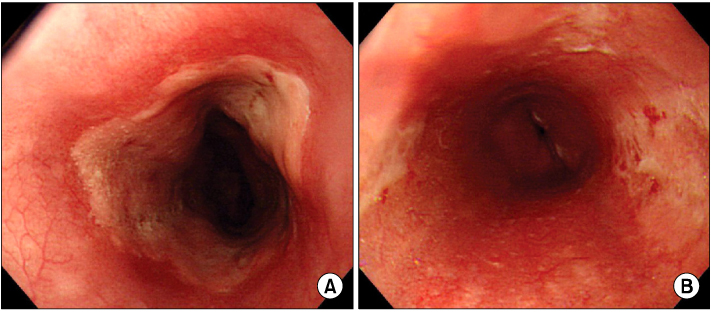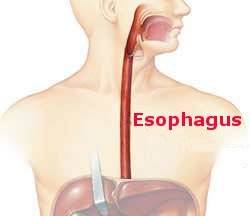
You might think that the esophagus—it starts in the neck but most of it nestles safely within the chest and abdomen, guarded by ribs and a lot of tissue—is safe from being burned. Not so. Just as food has access to the inside of the esophagus so do a variety of materials that cause chemical burns. It’s not a common injury but when a burn occurs it is devastating. Roughly half of esophageal burns are accidental (think children) and a suicide attempt is responsible for the rest.
As I alluded, the damage to the esophagus results from a chemical reaction between the swallowed liquid and the epithelium (the lining) of the inside of this tubular organ. The offending substance can be acidic or basic and the resulting damage differs according to the nature of the liquid. Acids, found in toilet bowl and swimming pool cleaners, stick to the inner surface of the esophagus and kill cells but do not disintegrate them; a coagulum is formed that provides some protection to the deeper tissue layers. Alkaline materials, usually lye which is present in drain cleaners, actually liquify the lining cells which gives the material immediate access to deeper esophageal tissues. Regardless of the chemical, these are potentially life-threatening injuries. In theory an immediate attempt to neutralize the swallowed material, e.g., baking soda for acid exposure and vinegar for alkaline ingestion, appeals but is useless after a short time. Drinking water is not recommended because it cause a perforation with leakage and contamination of the chest or abdomen. Best is to get the victim into an emergency room as soon as possible.
Immediate treatment is determined by the severity of the damage as assessed by endoscopy or CT scan. If perforation is present or eminent an emergent operation is necessary. Frequently, several subsequent procedures are also necessary. Otherwise a surgeon follows the patient over several weeks to see if the burn causes a stricture—scar tissue—which the surgeon dilates—stretches open—if possible. Otherwise an operation is required.



